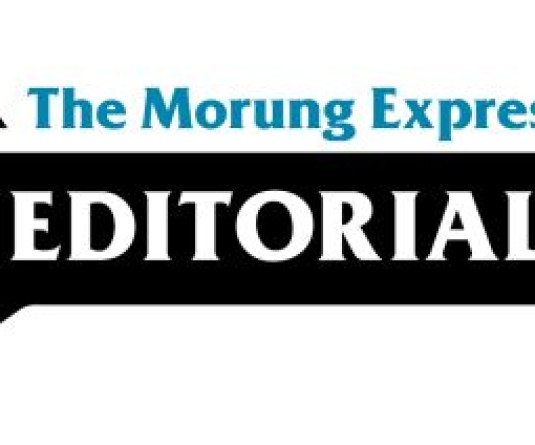
The government’s decision to raise petrol price by Rs 3 a litre and diesel by Rs 2 per litre in line with rising international crude prices, will come as a huge burden for the common man and the consequences of the latest fuel hike is bound to lead to inflationary tendency on a range of public commodity and services. Fuel is an essential commodity driving the local economy and as it becomes dearer the cost of transportation will not only go up but this will lead to price rise on all essential commodities. The pressure of inflation looms large as this is the fifth increase in prices of petroleum products by the Congress-led UPA Government in the last 14 months.
Prior to the hike, the Petroleum Ministry had proposed a hike, besides petrol and diesel, of LPG price by Rs 20 per cylinder, while also cutting excise duty on petrol and diesel by Re one per each litre in order to cushion the impact of crude oil prices that crossed 70 dollars a barrel. It is now obvious that that the Finance Ministry has had its way, to some extent, as the government decided not to go in for cut in excise duties on petrol and diesel, as indirect tax revenues were lower than the target.
The government as in the past has spared consumers of domestic cooking gas (LPG) and kerosene from any price hike. Whatever the economic rationale could be, on leaving out the two fuels from the hike, continuing to maintain cross-subsidization on LPG and kerosene would mean that the middle class will have to bear the brunt of the cost. For instance, even if a marginal hike is effected on price of kerosene, there is enough cushion on the safety net of the poorest of the poor.
While it is true that without the latest price hike, public sector oil retailing firms would have become bankrupt, the earlier proposal of the Petroleum Ministry for cutting down excise duty on petrol and diesel by Re one per each litre in order to cushion the impact of crude oil prices would have been a better option even if it entails reducing the government’s share of profit and revenue earnings.
Prior to the dismantling of the Administered Price Mechanism (APM), the domestic prices of petroleum were partially insulated and protected from volatile international crude oil prices. The oil companies were told how much to sell and at what price. However, ever since the economic reforms and with the removal of the APM, there has been a gradual shift towards a pricing based on pure market dynamics. At the end of the day, with globalization and increased dependence on market forces, it is quite likely that international oil price will continue to spiral upwards. To a large extent political development in West Asia and Iraq in particular will determine the dynamics of oil prices. The conflict situation in Iraq will leave no country untouched. The economic impact of it will not spare India either.






